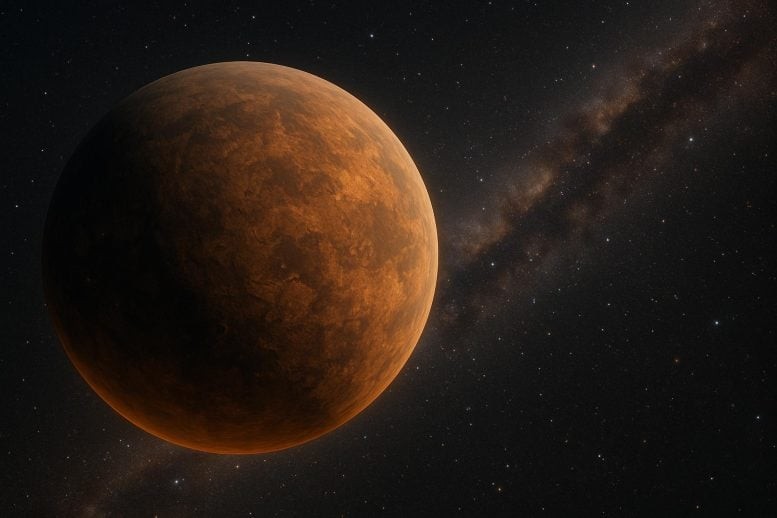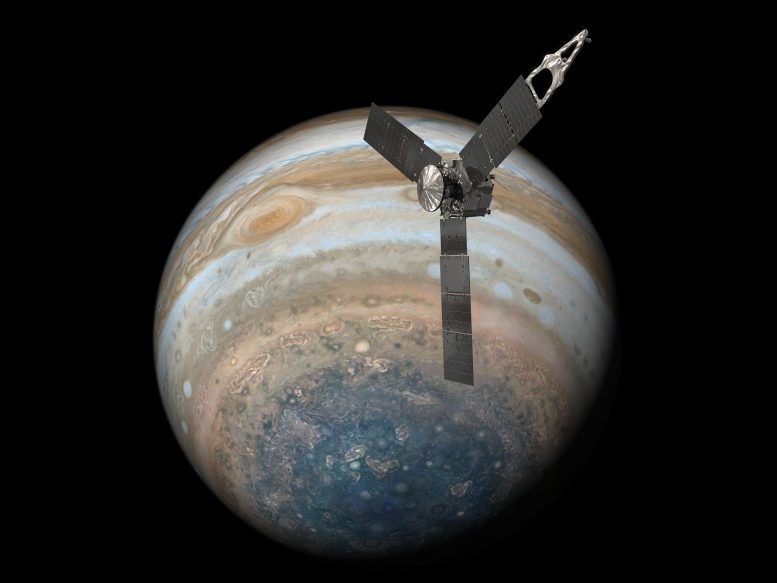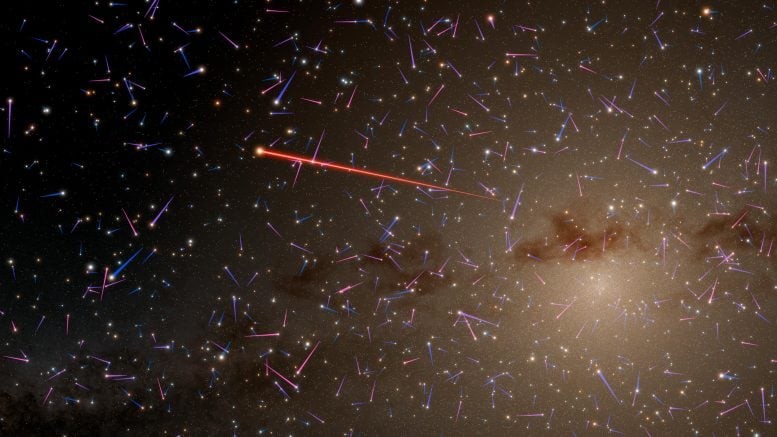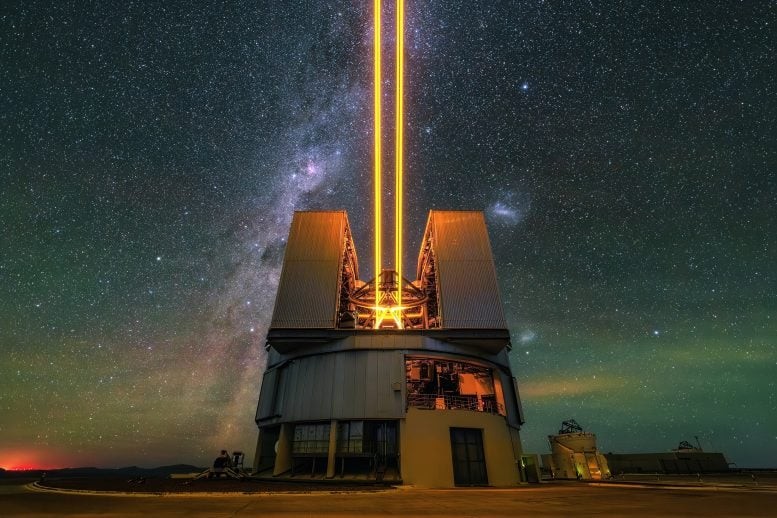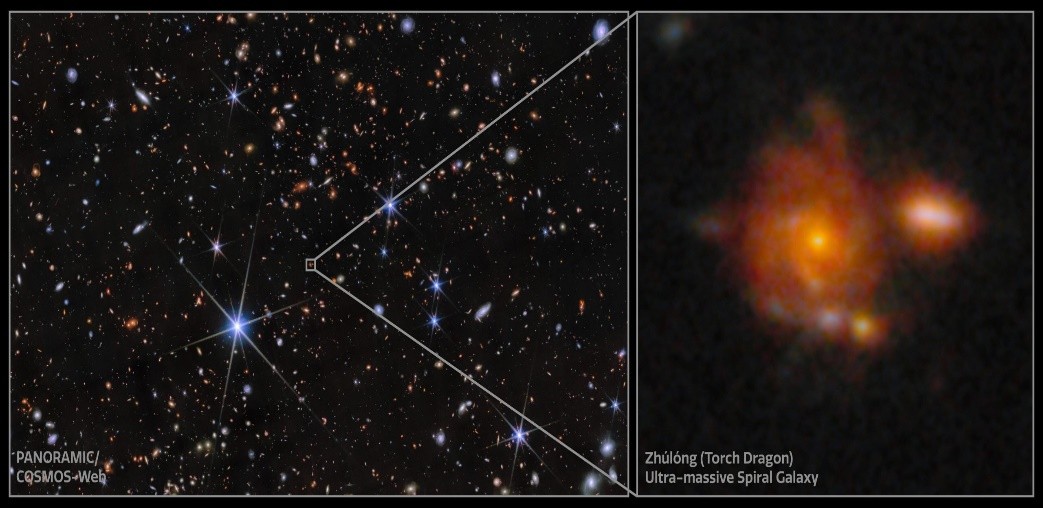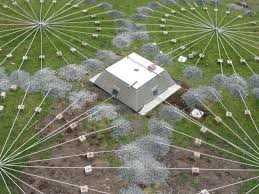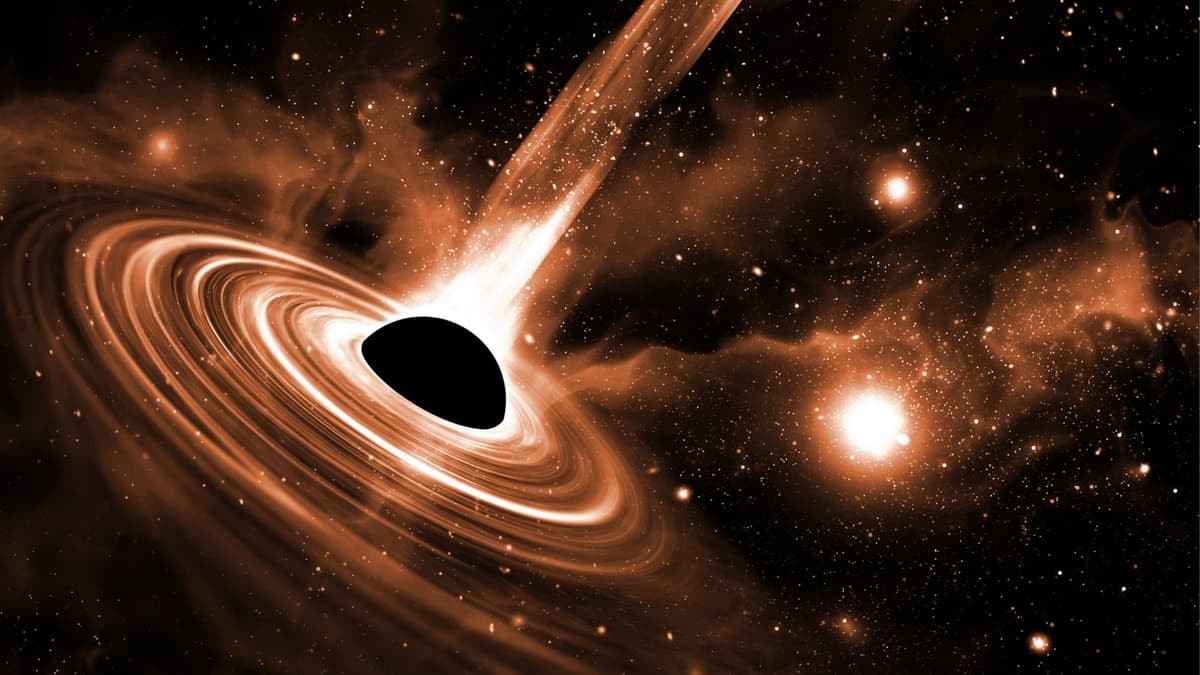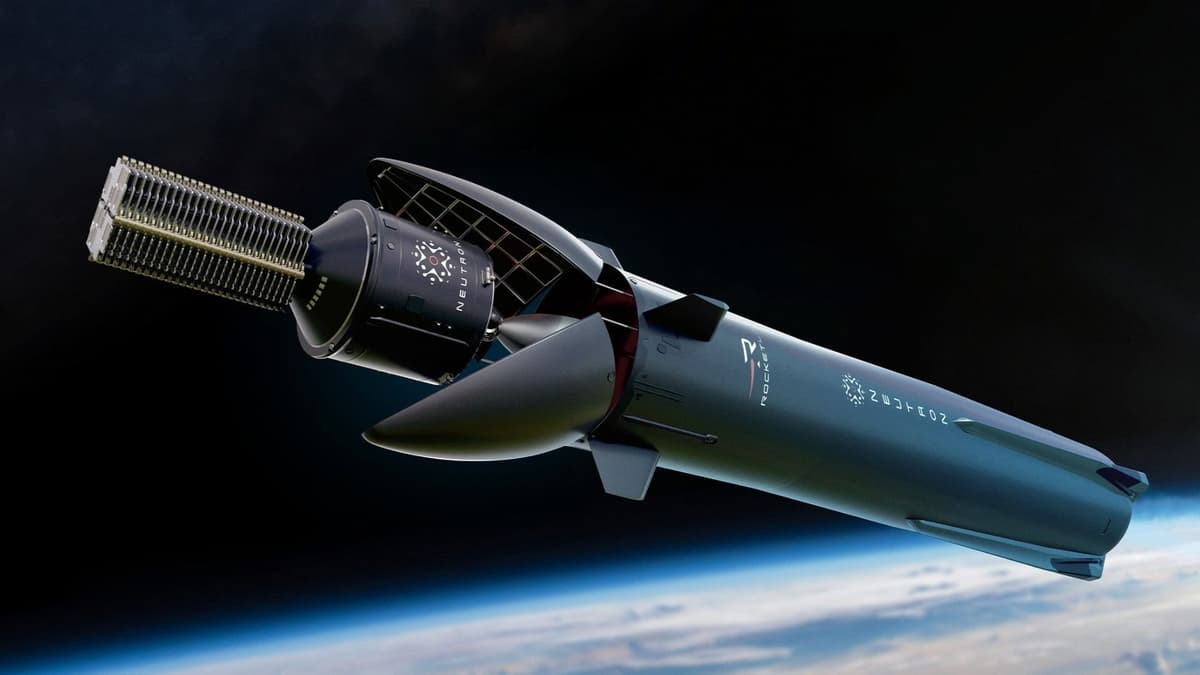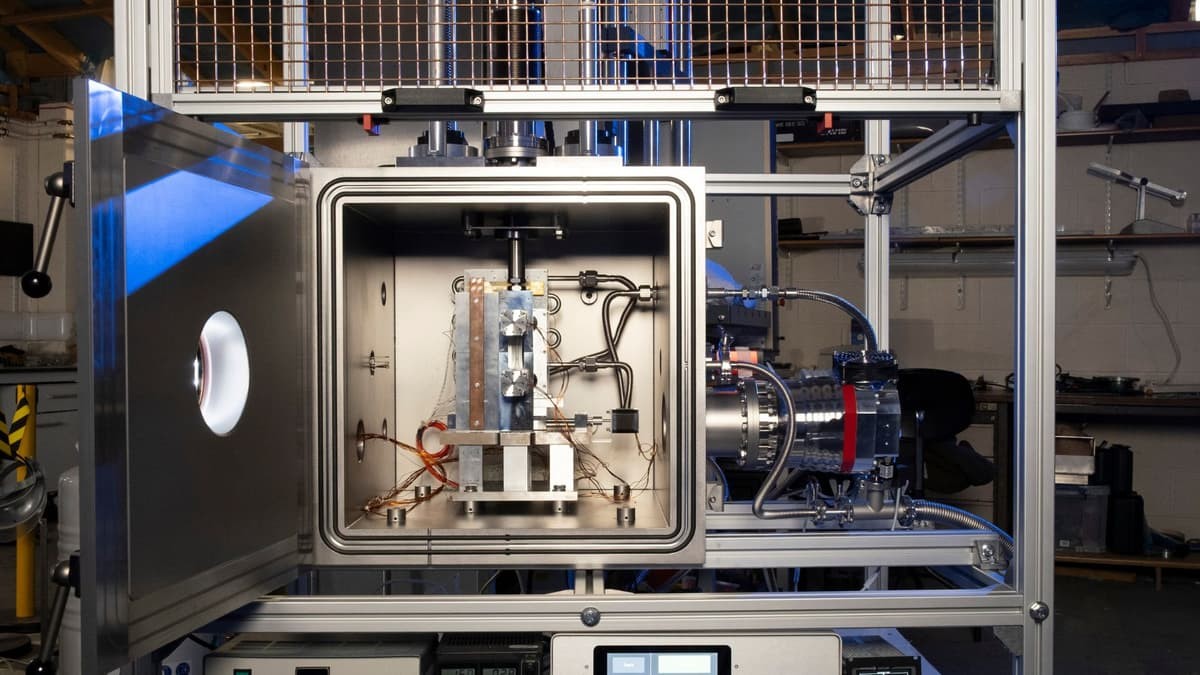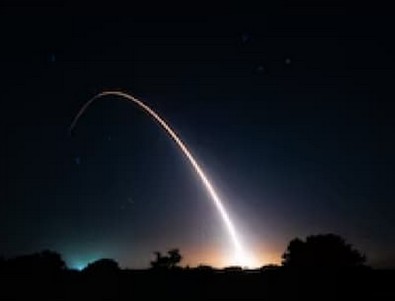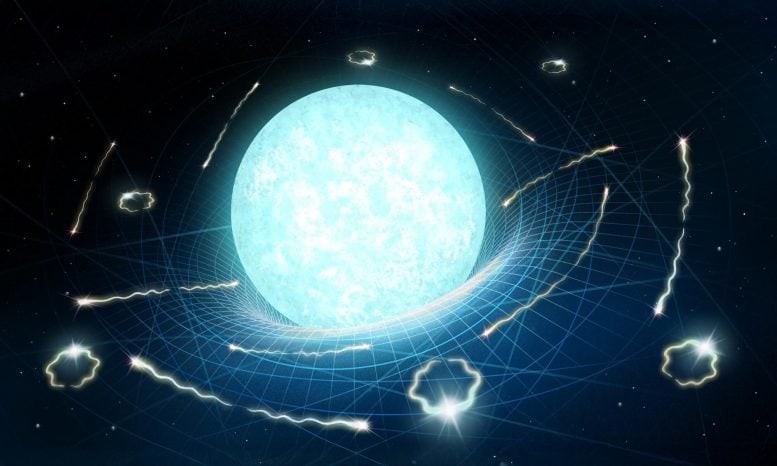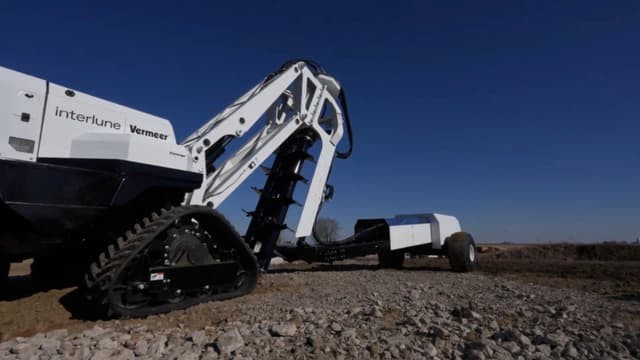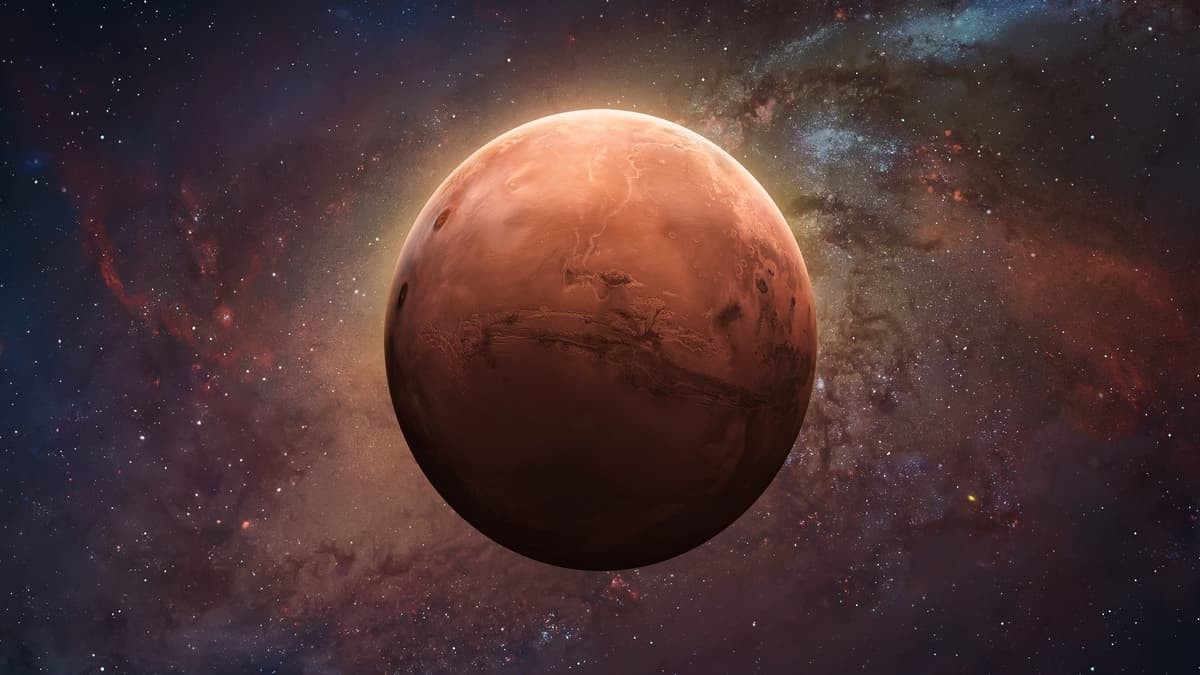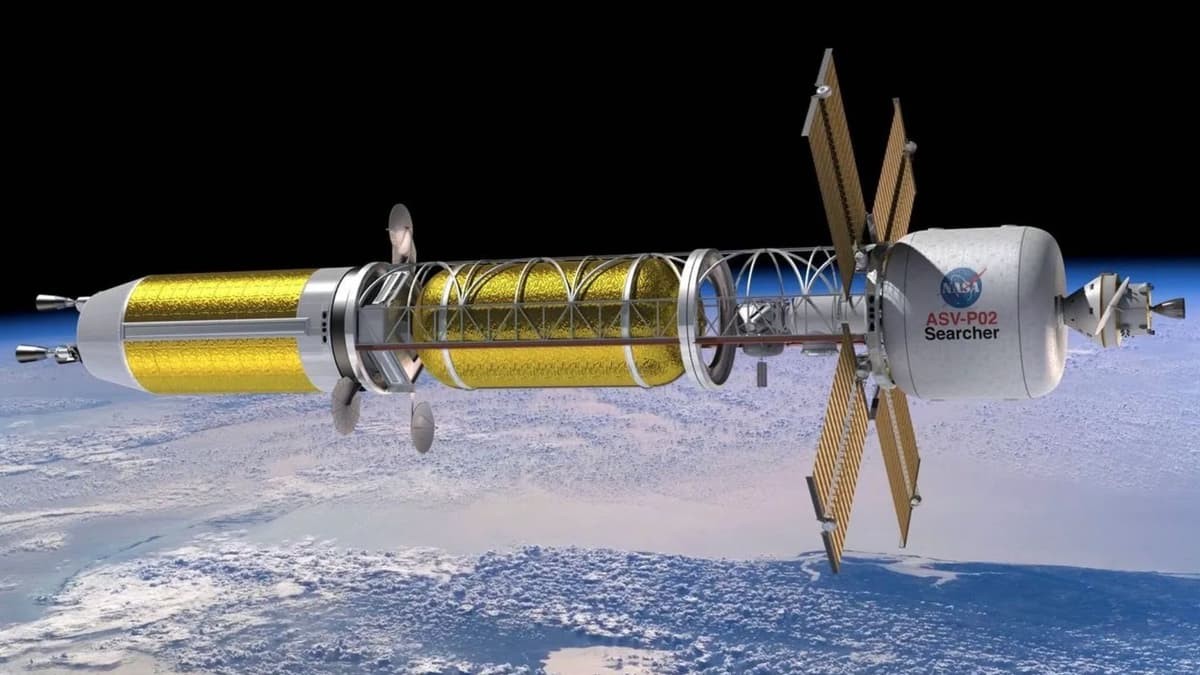Venus’s Concealed Asteroids May Pose the Next Significant Impact Threat to Earth
Although Venus is often called Earth’s twin, it may be hiding a cosmic danger.Recent studies suggest that dozens, possibly even hundreds, of asteroids are orbiting the Sun alongside Venus. These elusive objects, known as Venus co-orbitals, follow nearly the same path around the Sun, making them extremely difficult to detect from Earth.
Until now, astronomers have identified only about 20 of these co-orbital asteroids—most of which were relatively easier to observe. But new findings indicate that a much larger, hidden population may be lurking undetected.
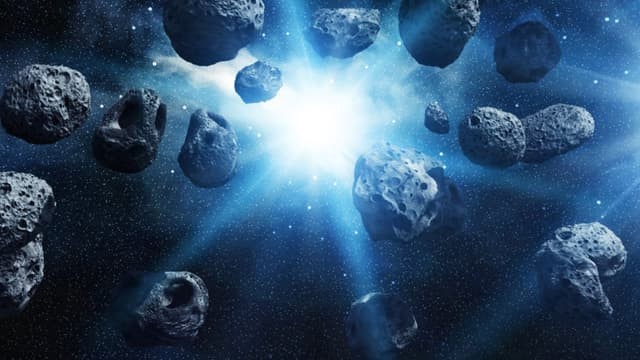
Figure 1. Venus’s Hidden Asteroids.
p align="justify">“Twenty co-orbital asteroids of Venus are currently known. Co-orbital status protects these asteroids from close approaches to Venus, but it does not protect them from encountering Earth,” noted a team led by Valerio Carruba, an assistant professor at São Paulo State University in Brazil. Figure 1 shows Venus’s hidden asteroids.A Hidden Hazard
These Venus co-orbitals can be classified as Potentially Hazardous Asteroids (PHAs) if they are at least 140 meters (460 feet) in diameter and pass within 0.05 astronomical units (about 4.6 million miles) of Earth’s orbit.
The central question scientists are now trying to answer: Do these asteroids pose a real threat of collision with Earth?
“Our goal is to evaluate the potential danger that this undetected group of Venus co-orbitals might pose and to determine how detectable they are from both ground-based and space observatories,” the researchers wrote.
Experts believe the 20 known objects could represent just a small fraction of a much larger population. Unfortunately, spotting these asteroids is incredibly difficult. Their proximity to the Sun in the sky means they can only be observed during brief time windows, and even then, the Sun’s glare often overwhelms telescope sensors.
A Chaotic Future
One particularly troubling fact: these asteroids have a Lyapunov time of around 150 years. This means that after about a century and a half, their orbits become chaotic and unpredictable.
As Universe Today explains, the Lyapunov time marks the point at which long-term predictions about an object’s orbit break down. In other words, astronomers may be able to track these asteroids for now, but their future paths—including potential Earth encounters—remain uncertain.
Simulating the Danger
To better understand the risks, researchers ran detailed computer simulations of these hidden asteroids over a 36,000-year period. The results are sobering.
“There is a sizable population of potential co-orbitals at lower eccentricities capable of numerous close encounters—and perhaps collisions—with Earth,” the study found.
Specifically, asteroids with an eccentricity below 0.38—which means their orbits are not highly elongated—could be on paths that intersect with Earth’s. The lower the eccentricity and orbital inclination, the higher the likelihood of a collision risk.
Searching for Invisible Threats
The upcoming Vera C. Rubin Observatory may offer new hope. Equipped with a powerful camera, it could help detect some of these hard-to-spot objects under favourable conditions.
However, even Rubin’s capabilities may fall short in locating the entire hidden population [1]. For a more comprehensive search, the researchers suggest deploying a space-based observatory, possibly a network of spacecraft stationed near Venus, to monitor this elusive threat.
Reference:
- https://interestingengineering.com/space/venus-asteroid-earth-orbitals
Cite this article:
Keerthana S (2025), Venus’s Concealed Asteroids May Pose the Next Significant Impact Threat to Earth, AnaTechMaz, pp.388


